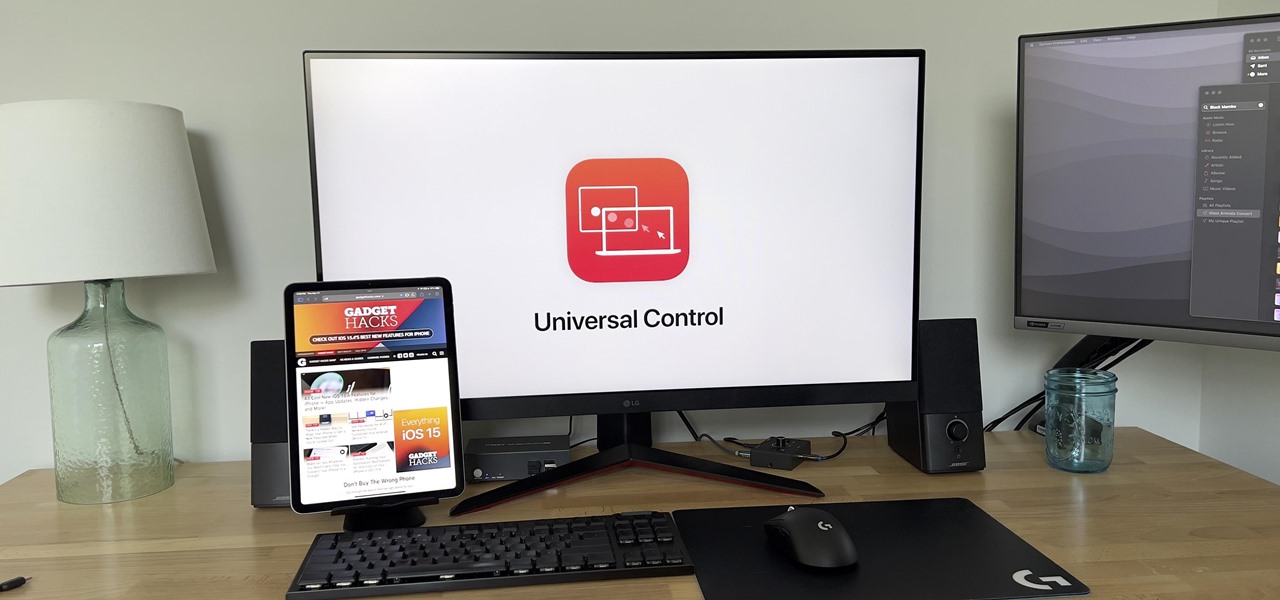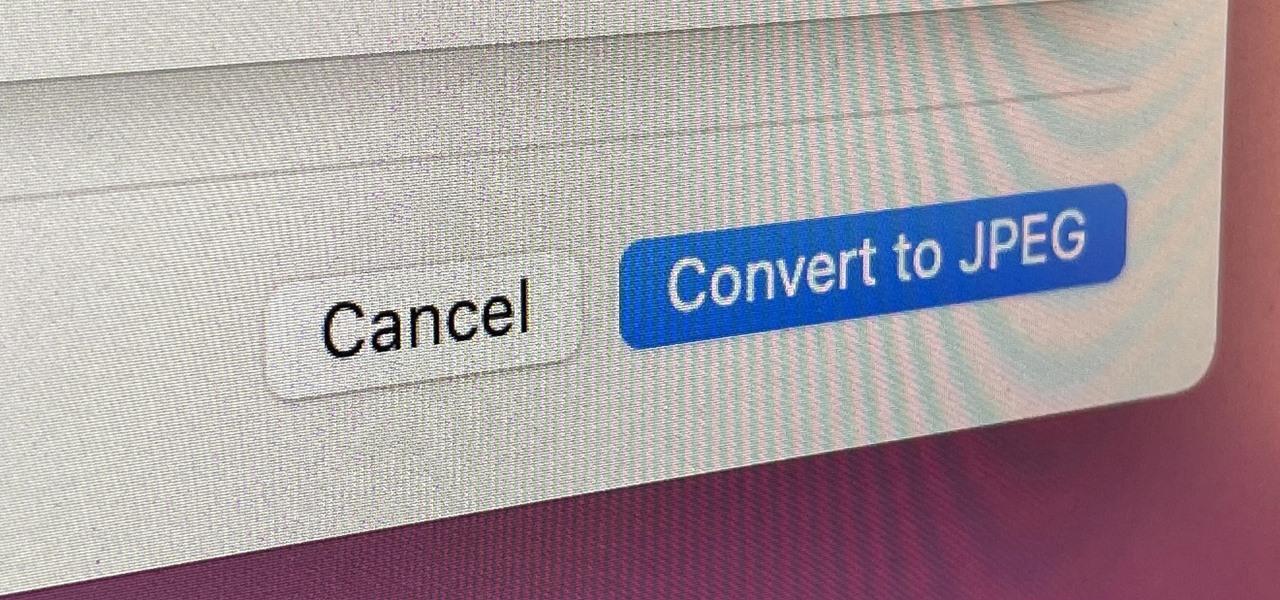The Google Pixel 9a Proves Once and for All That Budget Phones Are Worth Buying
Last year’s Pixel 8a felt like a budget phone and seemed unnecessary in Google’s lineup. This year, the search giant turned things around. With near-flagship performance and a sub-$500 price, the Pixel 9a might be the best-value Android phone in 2025.


Google Pixel 9a
The Google Pixel 9a is a budget-friendly smartphone with powerful AI features, a high-quality camera system, and clean Android software packed into a sleek, durable design. It delivers excellent performance and long battery life at an accessible price point.
- Performance of a flagship at nearly half the cost
- Uniform bezels, quality build material
- The lack of a camera bar doesn’t take away from the design
- Camera quality doesn’t stand out, no telephoto lens
- No Qi2
- Missing AI features, including the Screenshots app
$499 at Best Buy
$499 at T-Mobile
$499 at Google Store

See Our Process
How We Test and Review Products at How-To Geek
We go hands-on with every product to ensure it’s worth your time and money.
Price and Availability
The Pixel 9a comes in four colors: Iris, Peony, Porcelain, and Obsidian. I spent the last week testing out the Peony color, and oh boy is it bright! I didn’t mind it, but the pink color on the frame curves around the display just a bit. No matter how you look at this phone, you’ll know which color you purchased.
Speaking of which, Google is selling this handset starting at $499 with 128GB of storage, and $599 with 256GB. You’ll also be able to pick up the device from most carriers and third-party retailers.
The Pixel A Series Has a New Look
Since the Pixel 6 series, Google’s smartphones could be spotted from a mile away thanks to the camera bar that spanned across the entire phone. Love it or hate it, the design helped Pixels stand out from the crowd.
Last fall, Google tweaked this formula just slightly with the Pixel 9 lineup, shortening the length of the bar, making it more of an elongated island. The phones are still clearly Pixels despite this change.
With the Pixel 9a, Google seemingly discarded that design completely, flattening out the back of the phone and leaving only slight curves around the edges to prevent the handset from being sharp in the hand.
Accessory Spotlight
This section was created in partnership with Supcase. The product choices and opinions expressed are those of the sponsor and do not reflect those of the How-To Geek editorial staff.
The Supcase UB Grip Protective Case for the Google Pixel 9a offers sleek, minimalist protection without compromising durability. Its dual-layer design—combining a shock-absorbing TPU bumper and a rigid backing material—safeguards your phone from drops, bumps, and scratches while maintaining a slim profile. Its precision cutouts ensure full access to the phone’s USB-C port, and clicky buttons provide best-in-class haptic feedback.
The built-in magnetic ring provides extra functionality, supporting Qi2 accessories such as MagSafe wallets, chargers, and other docks. It also doubles as a kickstand for propping up your device while taking a photo or watching a video.
With its ergonomic grip and anti-slip texture, the UB Grip Case is ideal for daily use and long-lasting comfort. Raised bezels protect your screen and camera, while the stylish frosted black finish adds a refined look. It’s a perfect balance of form and function, designed to protect your Pixel 9a without adding bulk.

Supcase UB Grip Case for Pixel 9a
Designed for durability and functionality, this case offers top-tier protection with a modern twist. The UB Grip has TPU bumpers, a magnetic ring kickstand, and incredibly easy installation.
$26 at SUPCASE
$26 at Amazon
As you can see, there is no longer a camera bar—the two rear cameras now live within their own little window. The glass and its protective frame are slightly raised compared to the matte composite back of the Pixel 9a, so the phone will still rock just slightly when laid on a flat surface, but it’s basically nonexistent compared to the Samsung Galaxy S25 or the iPhone 16 Pro.
The rest of the phone is pretty standard fare. The USB-C port is on the bottom of the satin metal frame, alongside the physical SIM card slot and speaker grill, and the power and volume buttons are on the right. You won’t find any fancy Camera Control inputs on this phone.
Overall, despite being so minimal, the Pixel 9a feels premium. The Peony color I’m testing isn’t a fingerprint magnet, and the flat metal frame feels solid. My wife thought the phone’s lack of heft was a telltale sign that the handset retails for under $500, but that’s not something you’ll notice after a day of using the handset.

Related
The Best Google Pixel 9a Cases of 2025
Going without a case is simply asking for trouble.
Plus, having the back made out of plastic should make the phone more durable in the long run. As someone who accidentally pushed the phone off a table and onto concrete the day it arrived, I appreciate that it’s hard to damage this device.
A Display With Equal Bezels
I personally dislike talking about bezels as they honestly don’t matter to me much, but what does matter is uniformity. The Pixel 8a has a thicker bezel on the bottom of the phone, which screams budget.
Even though the bezel is still thicker on the Pixel 9a than most flagships, the fact that all four edges are the same thickness helps it fade away into the frame.
The screen itself is also mostly the same year-over-year. The Pixel 9a did get bumped up to a 6.3-inch display over the 8a’s 6.1-inch panel, but it’s still a “Super Actua” 1080 x 2424 pOLED with a 60-120Hz variable refresh rate. In use, it looked good whether I was watching a video on YouTube, reading in the Kindle app, or doomscrolling on TikTok.
Annoyingly, I needed to manually bump the screen brightness in poorly lit rooms. As the phone was more than bright enough to be seen clearly outdoors under the sun, I’m not sure why the auto-brightness fought so hard to lower itself at every opportunity.
A Flagship Processor but Limited RAM for AI
With most budget smartphones, a lot of the cost savings come from having an older and/or slower processor running everything under the hood. The Pixel 9a bucks that trend and is powered by Google’s in-house Tensor G4, the same processor found in the flagship Pixel 9 and Pixel 9 Pro.
There’s not much to say beyond the fact that the chipset is fast. It handled every task and app I threw at it, and I never experienced lag or dropped frames during my testing. I discuss this more below, but it is possible to get the processor warm. However, I have never experienced any issues.
Where you will spot a difference between the Pixel 9a and its more expensive siblings is in the RAM department. The Pixel 9a comes with 8GB of RAM. The Pixel 9 and Pixel 9 Pro come with 12GB and 16GB, respectively. While I would argue that 8GB is more than enough (again, I never experienced any sluggishness with the phone), it’s just not enough to run all of Google’s AI features.

Related
Google’s Pixel 9a Lacks More Features Than You Think
A significant price reduction doesn’t come without downsides.
My greatest disappointment is that the Pixel 9a does not include the AI-powered Screenshot app Google introduced with the Pixel 9 series. The app proved to be helpful in surfacing relevant and important information from what would normally be an abandoned folder of screenshots. With the limited amount of RAM and only running the Gemini Nano 1.0 XXS model, the Pixel 9a can’t handle the image processing requirements.
The good news is that you can still use Gemini Live (including the new screen-sharing feature that lets you chat about things on your display), Pixel Studio (Google’s AI image generation studio), Circle to Search, Call Screen, and other AI camera features like Add Me.
Battery Life Gets You Through the Day
Google advertises a 30-hour battery life on the Pixel 9a, and I can’t say it’s wrong. On days when I worked from home and mostly used the phone to answer a couple of texts, delete emails, and browse social media, I had a hard time pushing the battery below 65%, even with almost 4 hours of screen time.
The one day I got the phone to below 30%, I used it to power wireless Android Auto and stream music during a several-hour car ride, and I used the camera extensively. I noticed the phone got a little warm during this extended use, but not concerningly hot. The elevated temperature definitely added to the phone’s battery drain that day.
The Cameras Are Good Enough
In my opinion, the best part of buying a Pixel is its amazing cameras and the quality of computational processing behind the scenes. With the Pixel 9a’s cameras, we’re once again seeing one of the phone’s weaknesses.
Google updated the primary sensor on the Pixel 9a. Instead of using the 64MP Quad PD camera found in last year’s A-series smartphone, the budget handset is rocking a 48MP Quad PD Dual Pixel sensor with optical and electronic image stabilization. It also maintains a 13MP ultrawide (which is actually good for macro photography) and a 13MP front-facing selfie camera.
With proper lighting, all three cameras work great at their set focal lengths. The colors are accurate, and the photos look rather nice.
However, as this phone doesn’t have a telephoto lens, zooming is done by digitally cropping in on the image. The moment you push to 2x (or beyond), the image starts to get soft and then quickly deteriorates.
All in all, the cameras on the Pixel 9a get the job done. The flagship Pixel 9 Pro remains the reigning champ in terms of quality for me, but that phone is also twice the price.
Should You Buy the Google Pixel 9a?
The Pixel 9a is a great phone with strengths inherited from Google’s flagship models. During my time with the phone, I quickly forgot that I was using a sub-$500 smartphone. The hardware feels premium, the performance is snappy, and the cameras capture most scenes without issue.
One thing to consider, though, is the fact that the Pixel 9a does not include satellite SOS features. This is due to the phone using an older Samsung Exynos 5300 modem. While this technology is still rather new in smartphones, it is becoming more commonplace. Consider a Pixel 9 if you routinely travel to locations where the functionality is needed.
Long-term, the Pixel 9a should serve you well. It is launching with Android 15 and will receive seven years of OS, Pixel Drops, and security updates. While it is already slightly behind the curve in terms of supporting all of Google’s various AI features, it should be powerful enough to keep up with the flagships over the next couple of years.


Google Pixel 9a
The Google Pixel 9a is a budget-friendly smartphone with powerful AI features, a high-quality camera system, and clean Android software packed into a sleek, durable design. It delivers excellent performance and long battery life at an accessible price point.
$499 at Best Buy
$499 at T-Mobile
$499 at Google Store
















